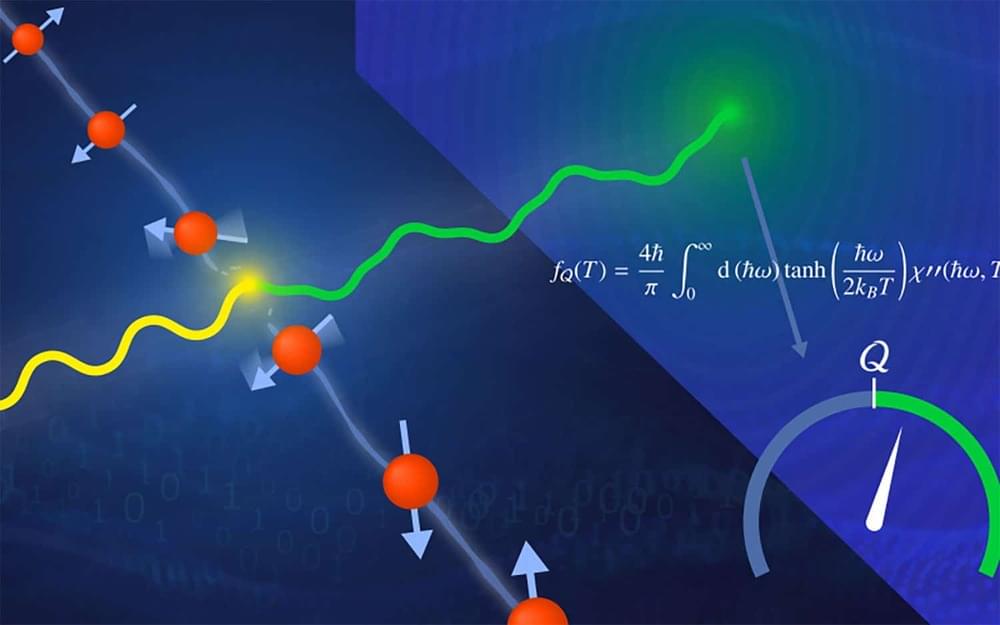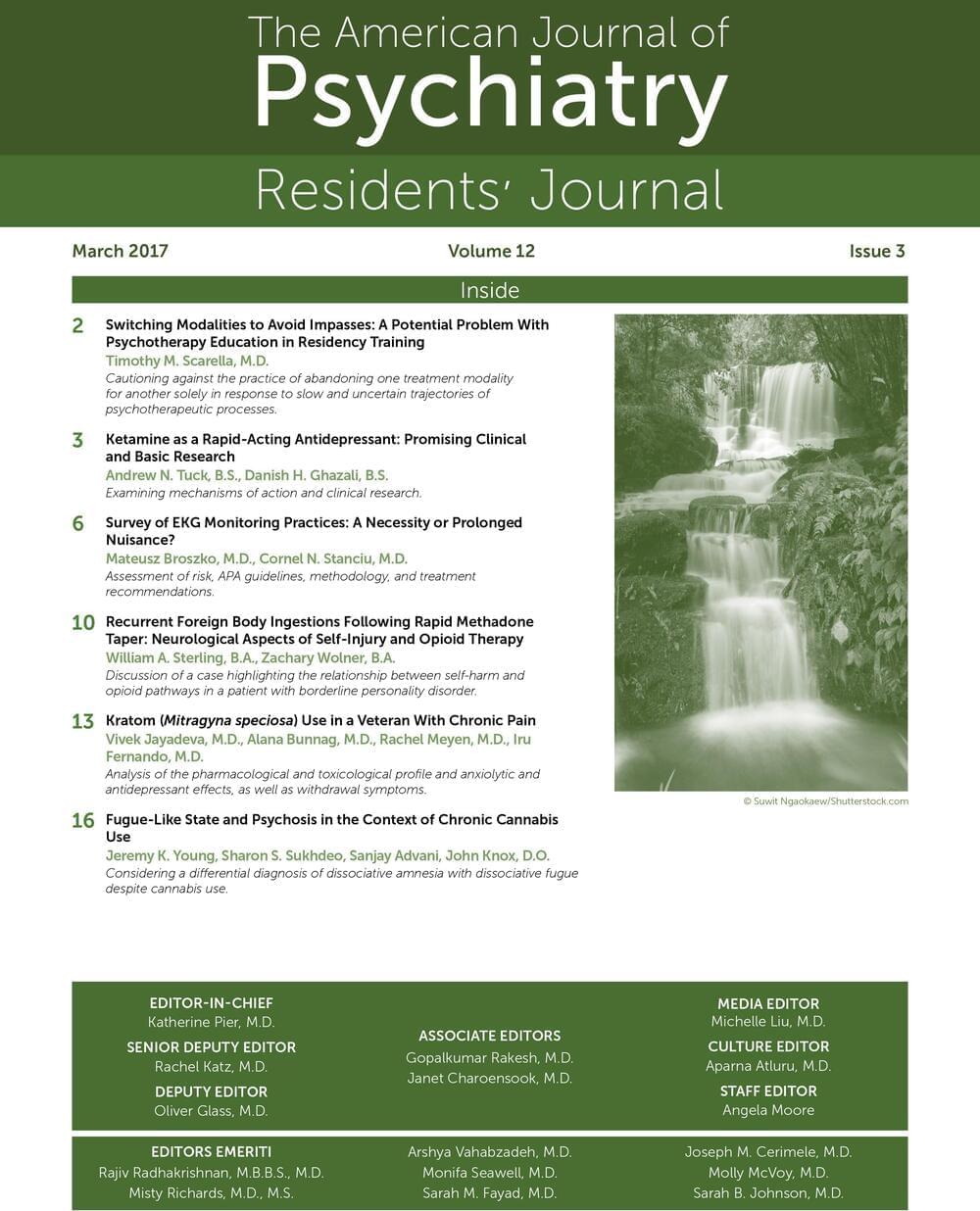Tesla Autopilot is a self-driving assistance system. In plain terms, it’s a capability that enables a Tesla to’see’ the cars and road ahead of it and, to a limited extent, drive itself.
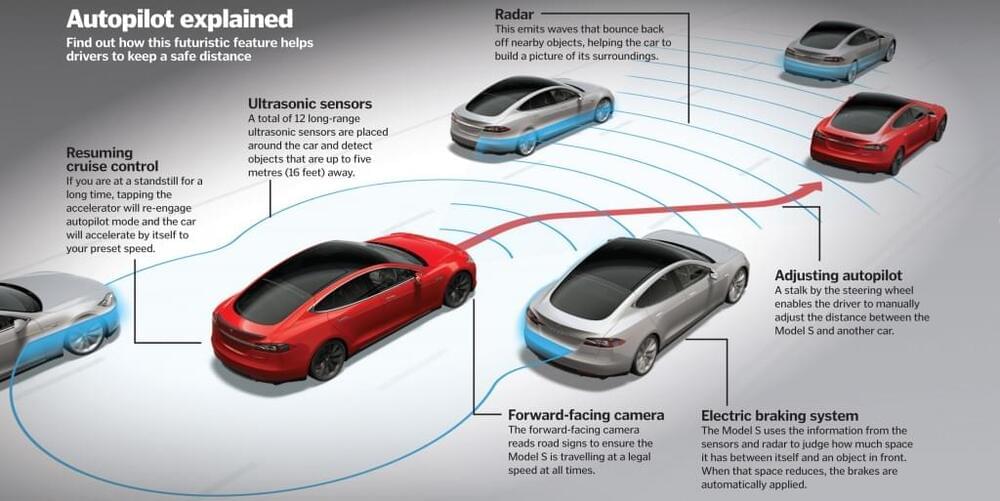



The TechCrunch Global Affairs Project examines the increasingly intertwined relationship between the tech sector and global politics.
Criminals have a long history of conducting cyber espionage on China’s behalf. Protected from prosecution by their affiliation with China’s Ministry of State Security (MSS), criminals turned government hackers conduct many of China’s espionage operations. Alarming as it may sound, this is not a new phenomenon. An indictment issued by the U.S. Department of Justice last year, for example, indicated that the simultaneous criminal-espionage activity of two Chinese hackers went back as far as 2009. In another case, FireEye, a cybersecurity company, alleges that APT41, a separate cohort of MSS hackers, began as a criminal outfit in 2012 and transitioned to concurrently conducting state espionage from 2014 onward. But there’s reason to believe that since then, China has been laying the groundwork for change.
A spate of policies beginning in 2015 put China in a position to replace contracted criminals with new blood from universities. The CCP’s first effort in 2015 was to standardize university cybersecurity degrees by taking inspiration from the United States’ National Initiative for Cybersecurity Education — a NIST framework for improving the U.S. talent pipeline. One year later, China announced the construction of a new National Cybersecurity Talent and Innovation Base in Wuhan. Including all of the Base’s components, it is capable of training and certifying 70,000 people a year in cybersecurity.
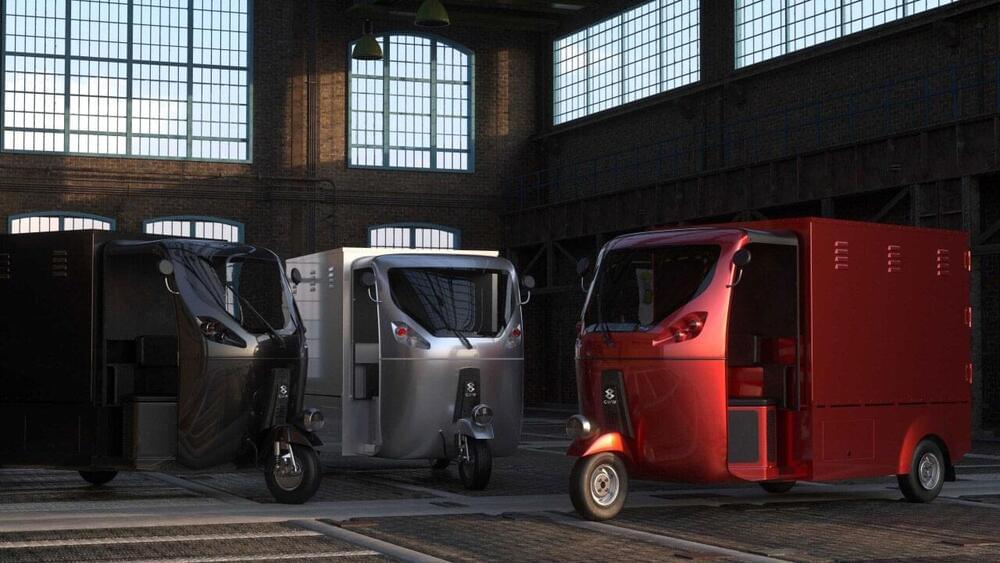
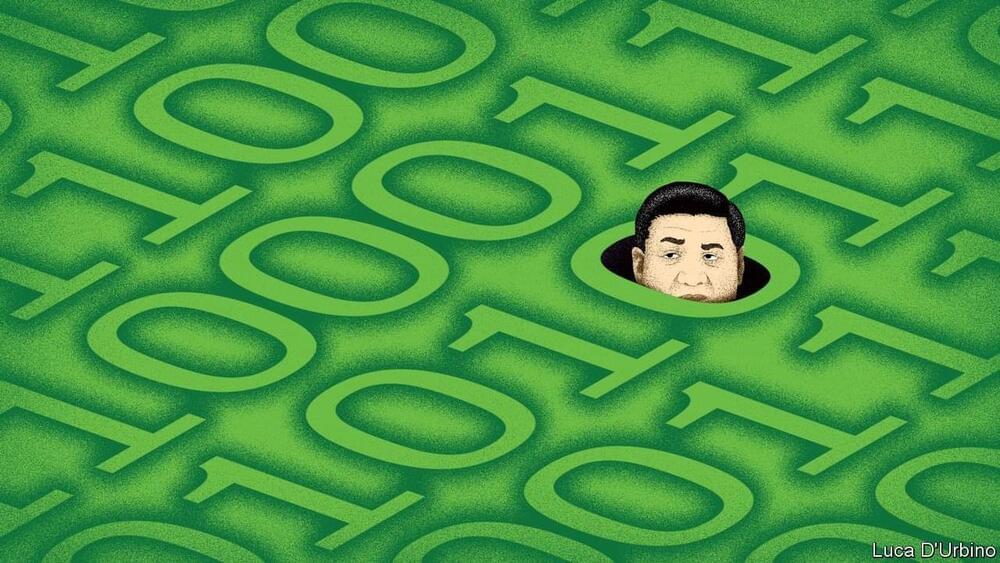

An innovator in early AR systems has a dire prediction: the metaverse could change the fabric of reality as we know it.
Louis Rosenberg, a computer scientist and developer of the first functional AR system at the Air Force Research Laboratory, penned an op-ed in Big Think this weekend that warned the metaverse — an immersive VR and AR world currently being developed by The Company Formerly Known as Facebook — could create what sounds like a real life cyberpunk dystopia.
“I am concerned about the legitimate uses of AR by the powerful platform providers that will control the infrastructure,” Rosenberg wrote in the essay.

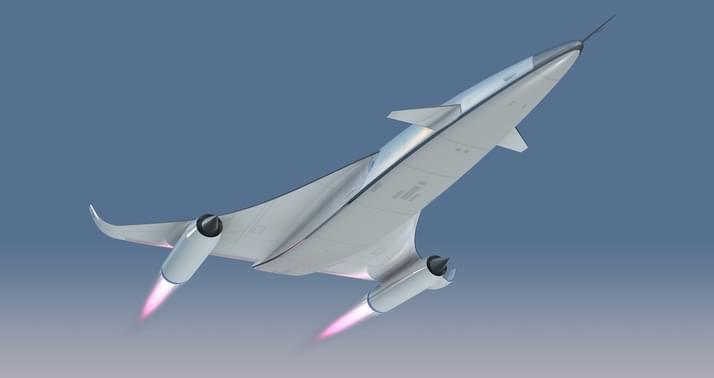
The UK’s Reaction Engines has announced a joint venture to create compact, lightweight ammonia reactors it says can be used to decarbonize difficult sectors like shipping and off-grid energy generation – and surprisingly, also aviation.
We’ve written before about ammonia’s potential in the clean transport sector; check out our ammonia clean fuel primer piece from September. Compared against hydrogen, ammonia’s much easier and cheaper to store and transport, and although it only carries about 20 percent as much energy as hydrogen by weight, it carries about 70 percent more energy than liquid H2 by volume.
The weight issue generally rules ammonia out of aviation discussions; at less than half the specific energy of jet fuel it looks less attractive than hydrogen. But hydrogen’s volume issues must also be taken into account. Today’s airliners are built for jet fuel so retro-fitting large-volume long-range hydrogen tanks can mean you lose seats. And anyone who’s flown economy can attest, airlines really like fitting in as many seats as they can.
